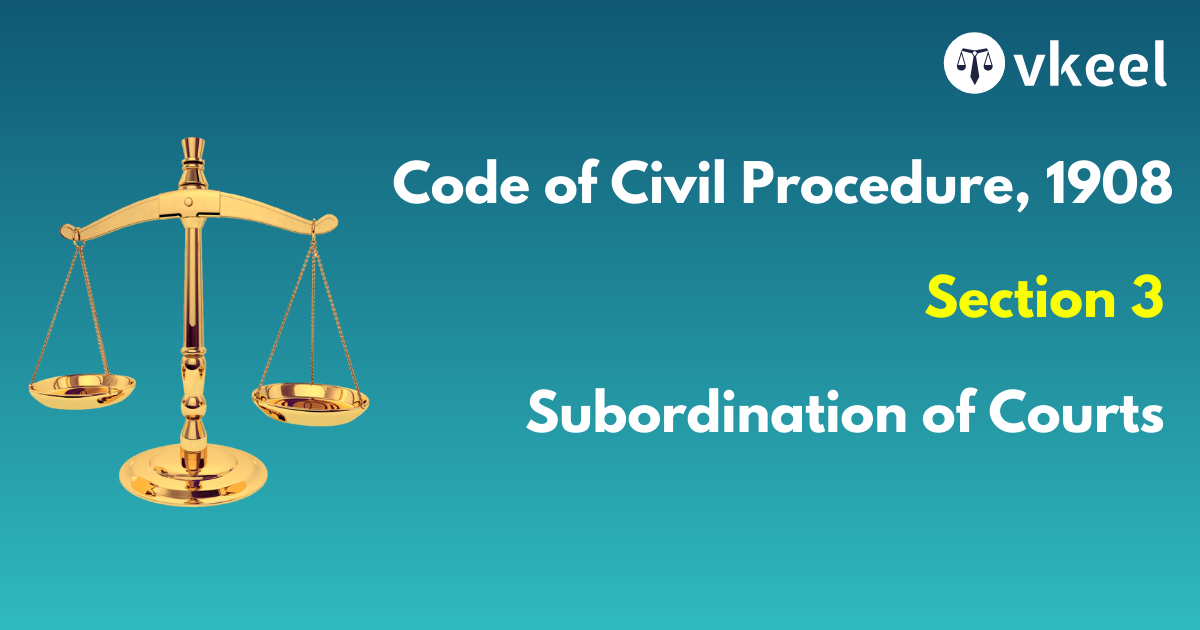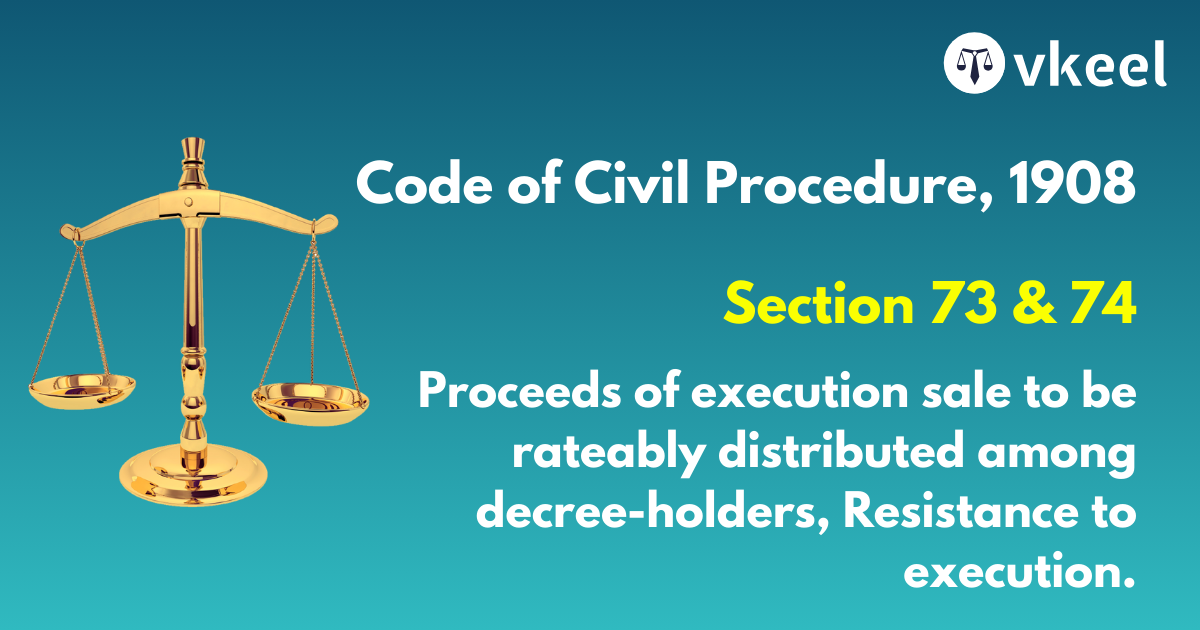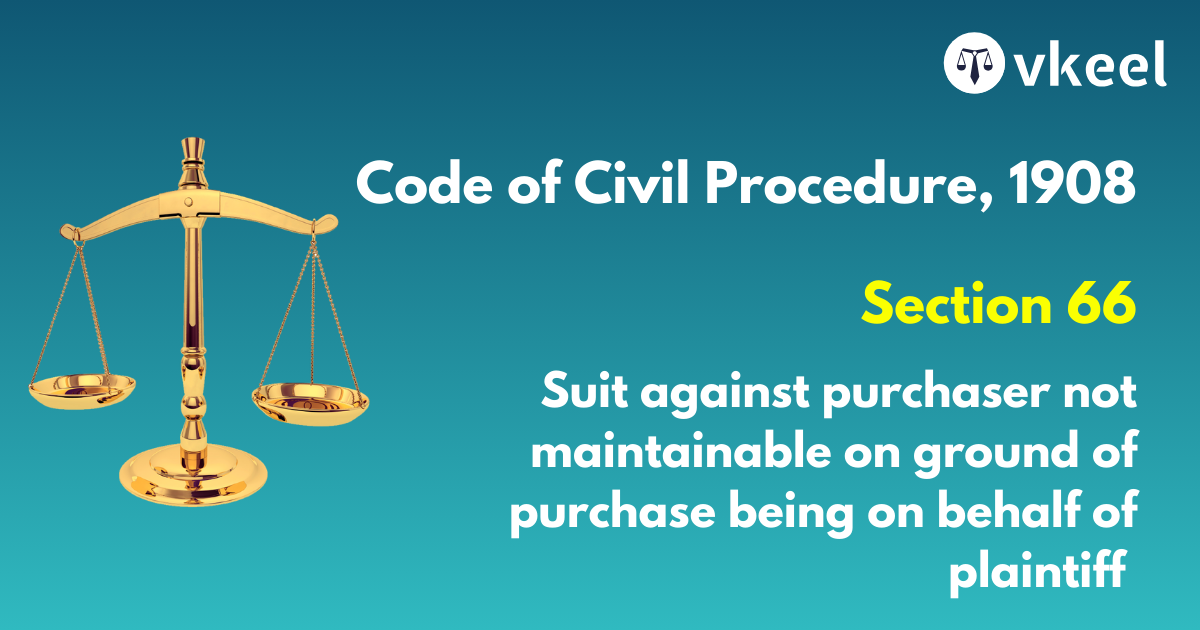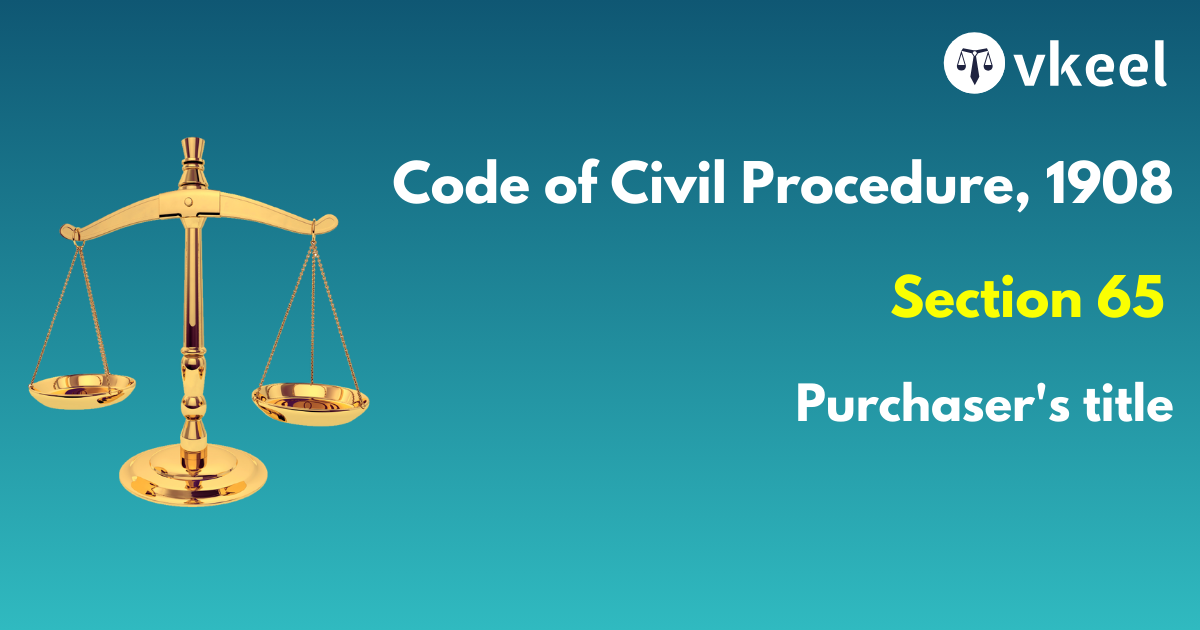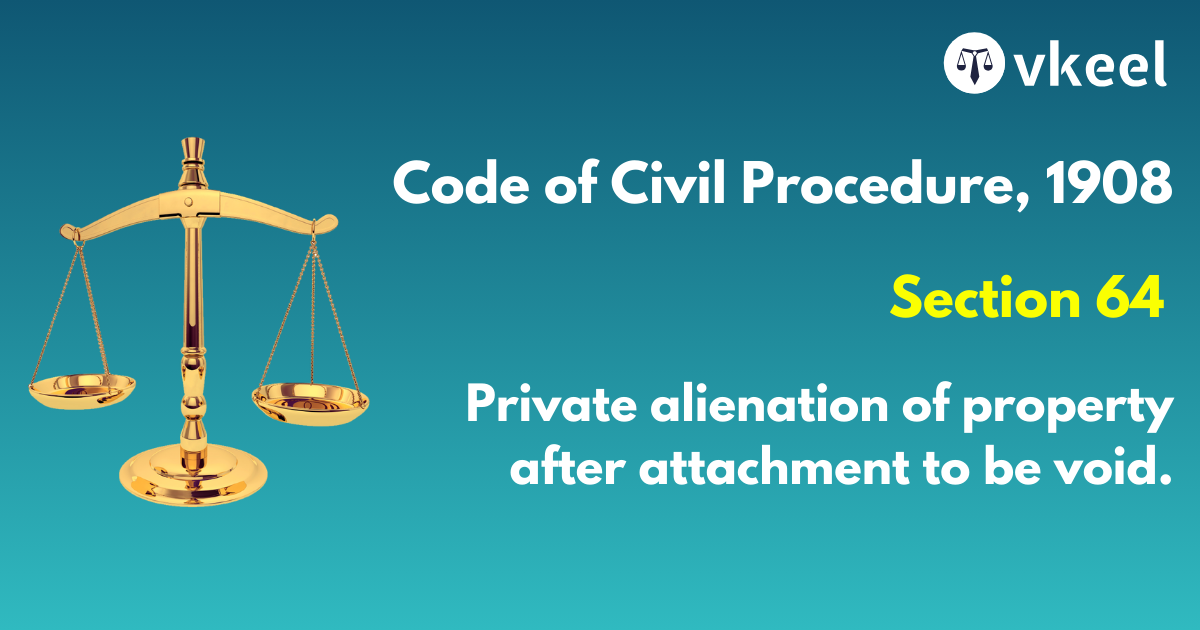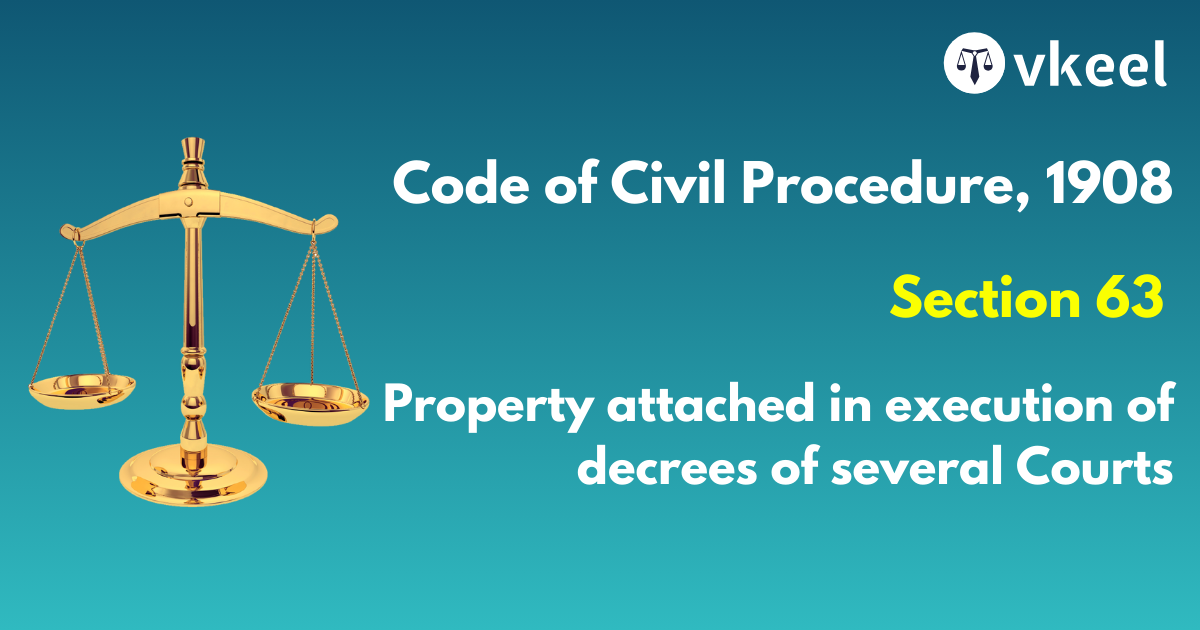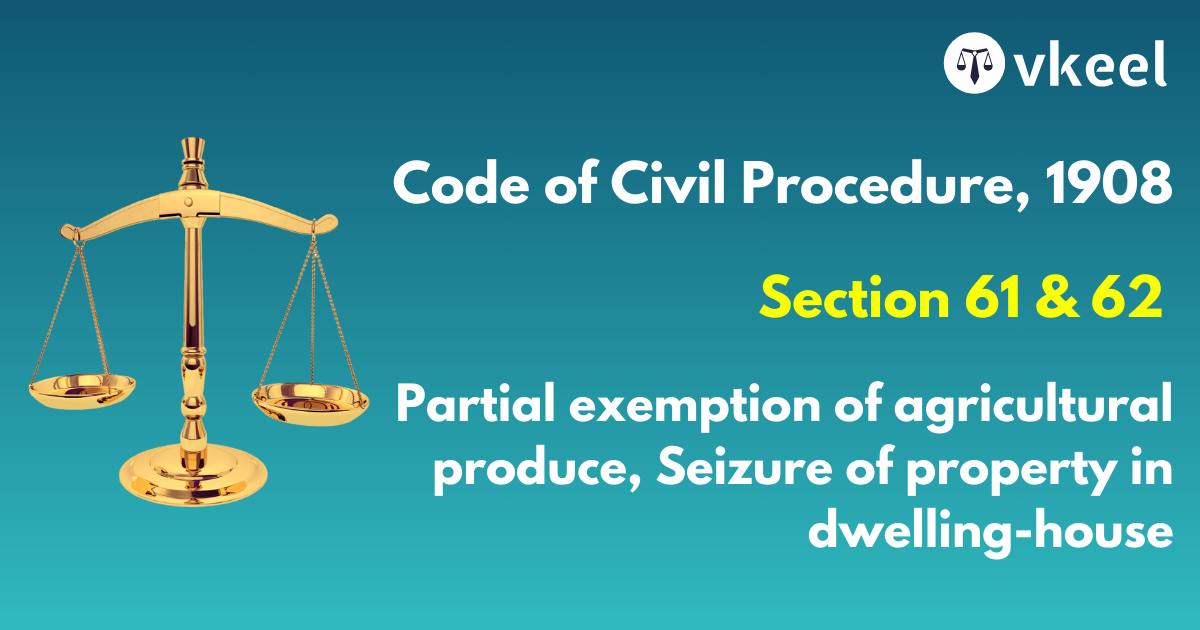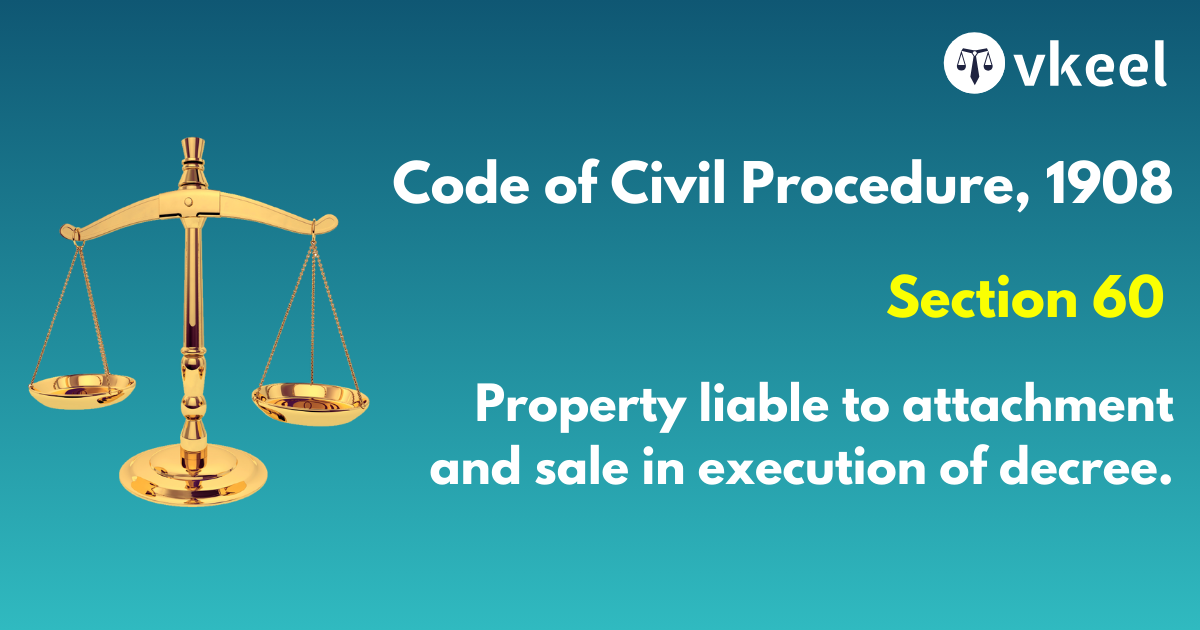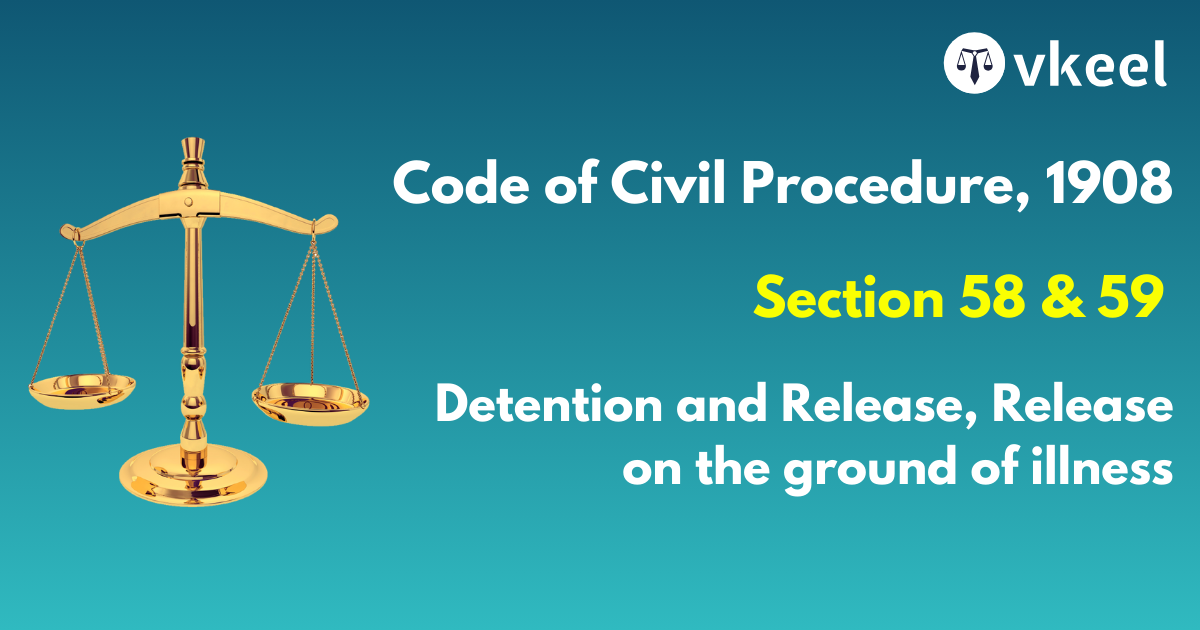Section 3 Code of Civil Procedure,1908 – Subordination of Courts
By Joy Puri
Table of Contents
Introduction
The Code of Civil Procedure, 1908 belonging to the branch of civil law narrates the section 3 of the act. The procedural laws acts as an accessory to the substantive laws of the country.
The code furthermore defines the procedures related to the civil suits and other civil litigations prevailing in the country.
Section 3 of Code of Civil Procedure, 1908
3. Subordination of Courts-
For the purposes of this Code, the District Court is subordinate to the High Court, and every Civil Court of a grade inferior to that of a District Court and every Court of Small Causes is subordinate to the High Court and District Court.
Interpretation of the Provision
The provision entailed in the Code of Civil Procedure,1908 enumerates about the Hierarchy of the courts and places the space of describing the authoritative angles of the judgements.
In the landmark case of State of Gujarat v. Gujarat Revenue Tribunal Bar Association, 2013 the court of law stated that the distinction between Court and Tribunals are created to reduce burden of Courts. They performs quasi-judicial function and can exercise only certain powers under Civil or Criminal Procedure Code. The fact that a Tribunal is headed by judicial officer does not make it Court.
The provision states that the district court is subordinate to that of the high court of the state. Every state possesses one high court. There are although few exceptions like Punjab and Haryana wherein the two states share one high court. There also lies an exception like that of the state of Andaman and Nicobar, they share the high court of Calcutta.
Moving on further, the second part of the provision states that if there exists any civil court inferior to that of the district court, or any small causes court will be subordinate to the High Court and the District Court of the respective state.
Conclusion
The describing of the hierarchy of the courts prevent the society to be involved in ruckus or tension in regards to the authority.
The clear distinction of hierarchy thereby makes it clear about the ambit of powers of the courts.
Disclaimer:
The information provided in the article is for general informational purposes only, and is not intended to constitute legal advice or to be relied upon as a substitute for legal advice. Furthermore, any information contained in the article is not guaranteed to be current, complete or accurate. If you require legal advice or representation, you should contact an attorney or law firm directly. We are not responsible for any damages resulting from any reliance on the content of this website.

